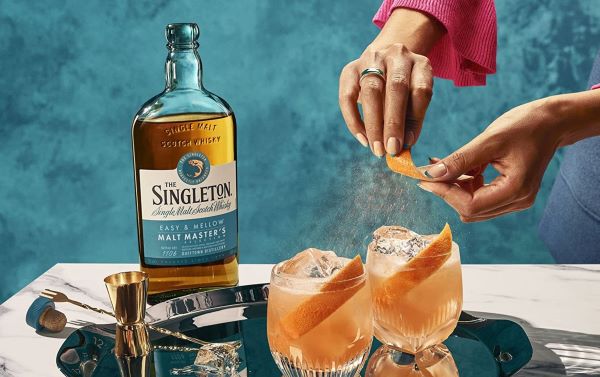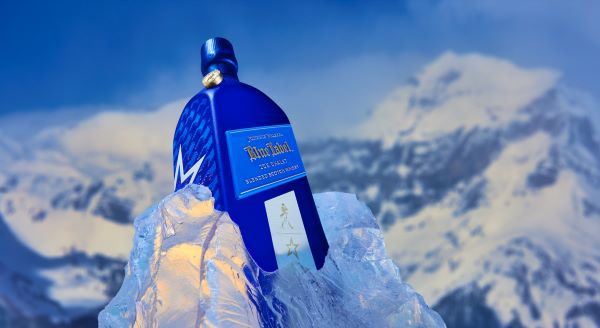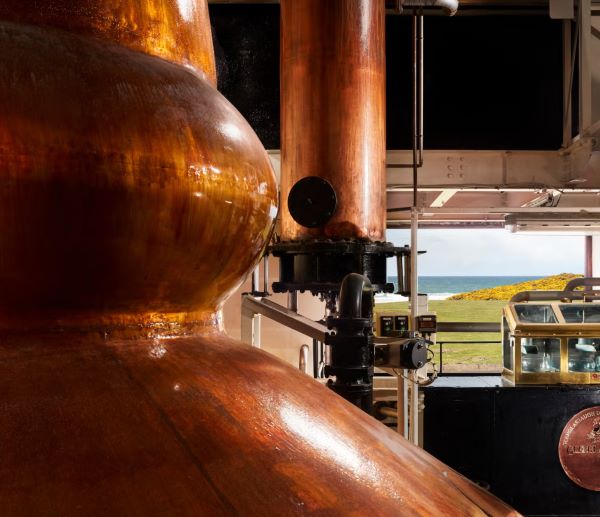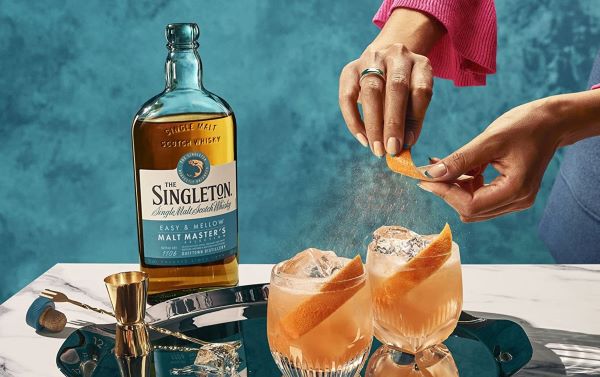Diageo's Light in the Fog
After its Latin slow-down in 2023, Diageo's latest half-year results were a tad more encouraging, though sadly not in Scotch where the Striding Man (Johnnie Walker), stumbled slightly. And as Ron Emler reports, the uncertainty over US tariffs is not helping …
Diageo's half-year results to the end of December were obscured by a thick fog of speculation about when and on whom Donald Trump might - or might not - impose tariff sanctions.
Chief executive Debra Crew gave off an air of exasperation because the world's biggest premium spirits group had been gaming numerous scenarios about what Trump might do even before his election back in November. But still, nobody knows for sure what the outcome may be, possibly not even the 47th President himself.
At the weekend Diageo had been gearing itself up for penalties of 25% on its Mexican tequilas and Canadian whiskies, which comprise some 47% of its sales in the US, but even as Crew and finance director Nik Jhangiani were about to unveil some good news, Trump trumped them by temporarily stalling the actions against Mexico and Canada and stealing the headlines.

Diageo's 'good news' amounted to the first set of positive results among the world's global drinks groups for quite some time.
Moët Hennessy, Rémy Cointreau, Constellation Brands, Brown Forman and Campari have all suffered disappointing sales the second half of 2024. Diageo, however, gave investors cause for a gentle smile.
Organic net sales had returned to growth, increasing by 1% despite a marginal fall in volumes.
True that was in comparison with the same period in 2023 during which Diageo had been caught out by falling consumer demand and a welter of excess stocks in Latin America, notably Brazil and Mexico, but the destocking has been worked through the system and the largest consuming countries in the region are back in growth.
Diageo's sales had grown in four of its five operating regions, and despite continuing consumer parsimony, the company has spotted signs of green shoots in the US.
But there was a cloud over the numbers - Scotch whisky.
More than one in three bottles sold are from the Diageo stable and provide a quarter of Diageo's net sales. As the biggest player in the industry the group holds 40% of the spirit currently maturing in Scottish warehouses. Every second of every day, seven bottle of Scotch from the Johnnie Walker range are purchased, so if the world's biggest brand suffers a downturn, the rest of the industry takes notice.
The Striding Man's organic volumes fell by 3% while organic net sales were 5% lower than in the final six months of 2023.
In North America (including Canada) Johnnie Walker's volumes were 11% lower than in the same period in 2023 and organic net sales fell by 13%, evidence of trading down the quality ladder.
The same phenomenon was apparent elsewhere. The decline in Europe was much smaller, but in Asia, where volumes were flat, organic net sales were 12% lower, with particularly poor numbers from Australia and Greater China, which, despite its 1.3 billion population remains a small market. The company's overall whisky sales were up 6% in India, but that was due to its Indian brands such as McDowells.
With Scotch whisky generating a quarter of Diageo's net sales, any blip makes rivals sit up. Undoubtedly there is an element of downtrading globally, especially in the US.
Crew is concerned, but not anxious.

"Remember Scotch is still a pretty high price per litre," she said. "During these moments of tougher times this is the brilliance [of the portfolio]. I always say of Johnnie Walker that we do have Black and we do have Red - and Black and Red are doing better right now than Blue is."
What is more, the latest sales figures show evidence of brand loyalty. Jhangiani pointed out that the sales mix contained more purchases of smaller sized bottles as consumers eke out their budgets. "They are really keeping people in our brands", he says.
But is Scotch in a cyclical downturn similar to that in the 1980s or in 2014 when Johnnie Walker's sales fell by 6%?
Crew thinks not. Whisky is still very much in trend compared with rum or vodka, she believes. She also looks at the big upsurge in demand that followed the Covid lockdowns and suggests that the present downturn is not a longer-term trend but more part of a correction of oscillations towards a longer-term pattern.
As Ewan Andrew, Diageo's supply chain and procurement chief, told WhiskyInvestDirect in September: "Rather than in the 1980s and 90s with its dramatic cuts and dramatic ramp-ups in production, the industry has learnt a lot from the bull-whip effects of that."
That said, a downtrend is a downtrend. Is there too much capacity?

Brown Forman insists that its recent announcement about the Glenglassaugh distillery does not mean it is being shut. "We are implementing a shared production model with Benriach, which will involve periods of production alongside occasional silent seasons, as has been the case traditionally. This allows us to optimize resources and expertise across both distilleries", says the owner of the eponymous brands."
Diageo's Andrew hints that one or two smaller distillers may find life tough until the upturn comes.
When might that be? Crew points to "green shoots" of rising wages and employment in the US, but to counter that the price of the weekly grocery shop has risen by 25% since 2019.
Much of the solution rests with Trump. Tariffs are inflationary but if he does actually impose them, at least we'll know where we stand as the fog begins to clear.

Ron Emler is a financial journalist who has observed the drinks industry for 50 years. Following a career on The Times and the Sunday Telegraph, he is consultant City Editor at The Drinks Business.




